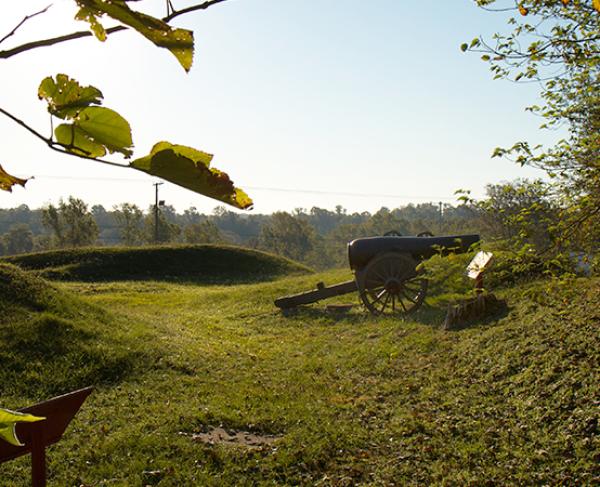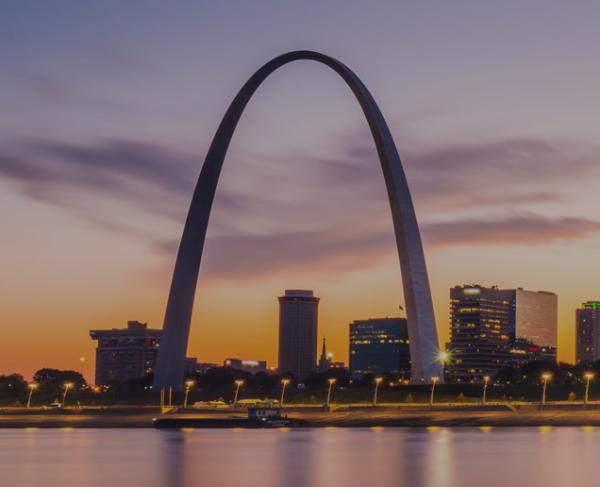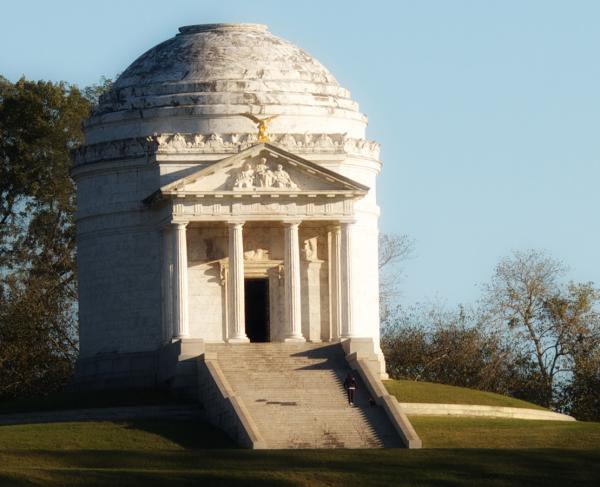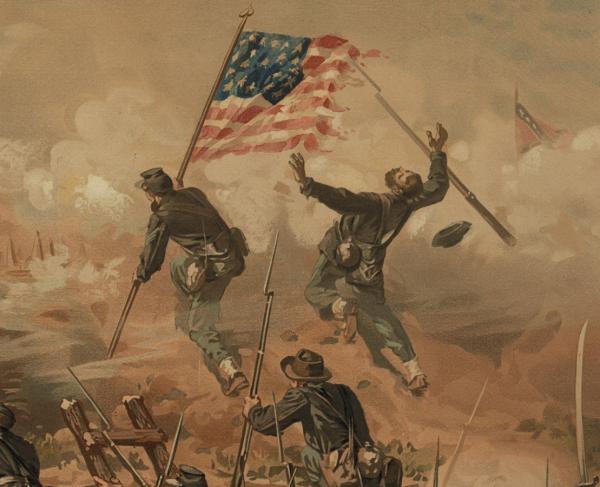Tour the Vicksburg Battlefield in One Day
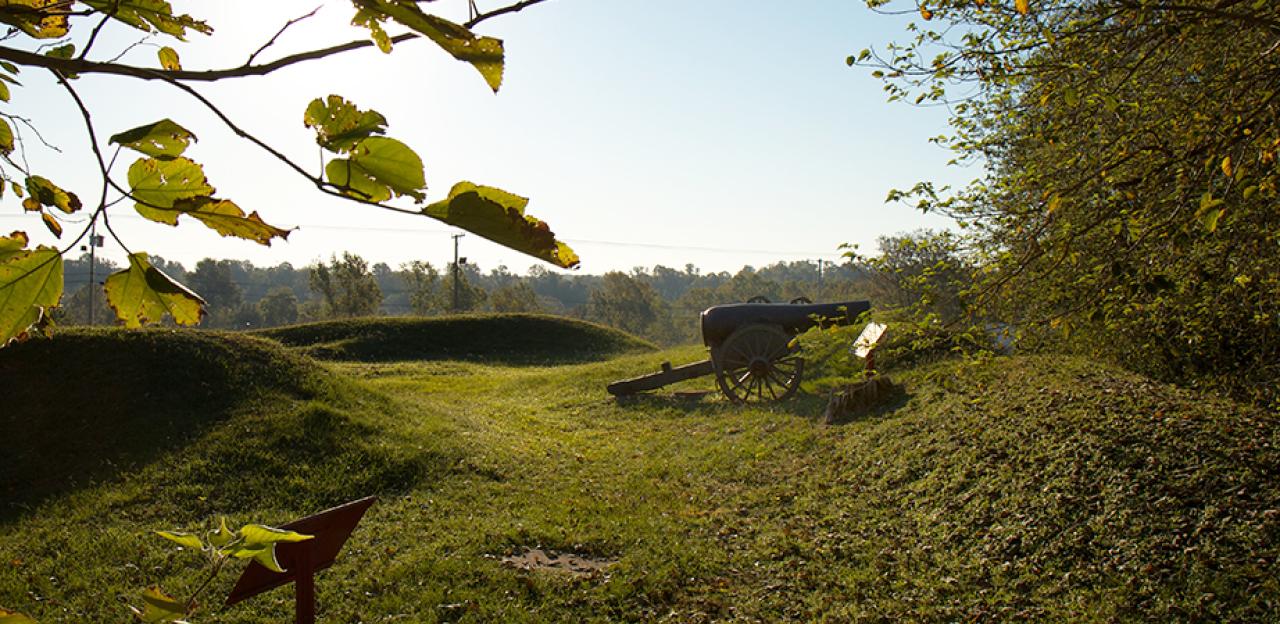
Vicksburg was the culmination of one of the most brilliant military campaigns of the entire Civil War. The campaign saw extensive use of combined operations (Army and Navy working in tandem). Ulysses S. Grant's successful 47-day siege, leading to the city's surrender by Confederate commander John Pemberton, effectively split the Confederacy in two – and boosted Grant's profile in Washington.
Before you go:
- Print or download the Tour Map.
- Watch the Vicksburg Animated Map.
- Download the Vicksburg Battle App, for more detail and touring assistance.
Vicksburg National Military Park
Time: 6 hours (8 hours if you love to hike)
Details: https://www.nps.gov/vick/index.htm
The last great Confederate bastion along the Mississippi River, the city of Vicksburg, Mississippi, "is the key," according to President Abraham Lincoln. If the city fell the eastern half of the Confederacy would be severed from the Trans-Mississippi. Federals initiated a concerted effort to take the city in late 1862. The city was well fortified and situated along bluffs and a bend in the Mississippi River. Poor roads, Confederate raiders, and Mother Nature all worked against the Federals as the tried in vain to capture the city. Expedition after expedition failed. Lincoln even came up with the idea of building a canal to float soldiers past the city, and out of the range of the Confederate guns. Finally, on April 16, 1863, Federal ships ran past the city under a hail of fire. South of the city they met Ulysses S. Grant's army and ferried them across the river from the Louisiana shore. Grant initially marched east and then double backed toward Vicksburg. After a series of battles including Raymond, Champion Hill, and Big Black River, the Confederates found themselves with their backs to the river. Although outnumbered, the Confederates threw back the first attacks on the city, forcing a siege. After 47 days, Confederate commander John Pemberton surrendered his army to Ulysses S. Grant, on July 4, 1863.
What to do:
Start at the National Park Service Visitor Center.
- Pay the entrance fee.
- Find out what Ranger Programs are scheduled.
- Check out what special events they may have.
- See the exhibits.
Tour the battlefield. You have several options:
- Follow the NPS Auto Tour Route and get out and explore each stop.
- Purchase a touring CD from the bookstore.
- Hire a licensed battlefield guide.
- Use the Civil War Trust's free Vicksburg Battle App on your smart phone.
- Hike the battlefield.
Don't miss:
- USS Cairo – This reconstructed Union ironclad was sunk by a Confederate torpedo while attempting to dislodge Confederate batteries along the river north of Vicksburg. The vessel was recovered in the 1960's.
- The Shirley House – The site of Union siege and mining operations against Confederate fortifications on Jackson Road. The home is the only remaining wartime structure within the park and served as the headquarters of the 45th Illinois Infantry during the siege.
- Stockade Redan – Union forces unsuccessfully attacked the Confederate fortifications guarding the Graveyard Road on May 19 and 22.
- Third Louisiana Redan – One of the major Confederate fortifications guarding the Jackson Road approach to Vicksburg. Grant's engineers attempted to mine under the redan and blow it up. Two Federal attempts ended in failure.
- Vicksburg National Cemetery – The site of the final resting place of 17,000 Union soldiers, the largest number of any Civil War cemetery.
If you have time:
- Visit the Pemberton House, which served as Confederate general John Pemberton's headquarters during the 47 day siege.
- Visit Grant's Canal, which was constructed as a possible means of bypassing the Confederate batteries at Vicksburg, the canal was eventually abandoned in favor of better strategic options.
- Hike the battlefield. Choose from the 7- or 14-mile trails.
- Do what strikes your fancy. Vicksburg is a battlefield on which you could spend countless hours. Explore what interests you!
Insider tip: The 47-day siege of Vicksburg ended on July 4, 1863. The city refused to celebrate the Federal holiday for another 81 years.
Related Battles
4,910
32,363
